
Scientists at Chalmers University of Technology in Sweden have succeeded in creating photons from a vacuum. The experiment is based on one of the most

A robot that can control both its own arm and a person’s arm to manipulate objects in a collaborative manner has been developed by Montpellier Laboratory
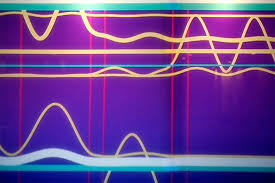
The world’s lightest material --- with a density of 0.9 mg/cc --- about 100 times lighter than Styrofoam --- has been developed by a team of researchers

Based on extensive feedback from the broader particle physics community on its neutrino time-of-flight measurements presented at CERN on September 23, the OPERA

If it's true, it will mark the biggest discovery in physics in the past half-century: Elusive, nearly massive subatomic particles called neutrinos appear to travel just faster than light, a team of physicists in Europe reports. If so, the observation would wreck Einstein's theory of special relativity, which demands that nothing can travel faster than light.

IBM has announced the Blue Gene/Q supercomputer, with peak performance of 20 petaflops and 16 multi-processing core technology, marking it as one of the
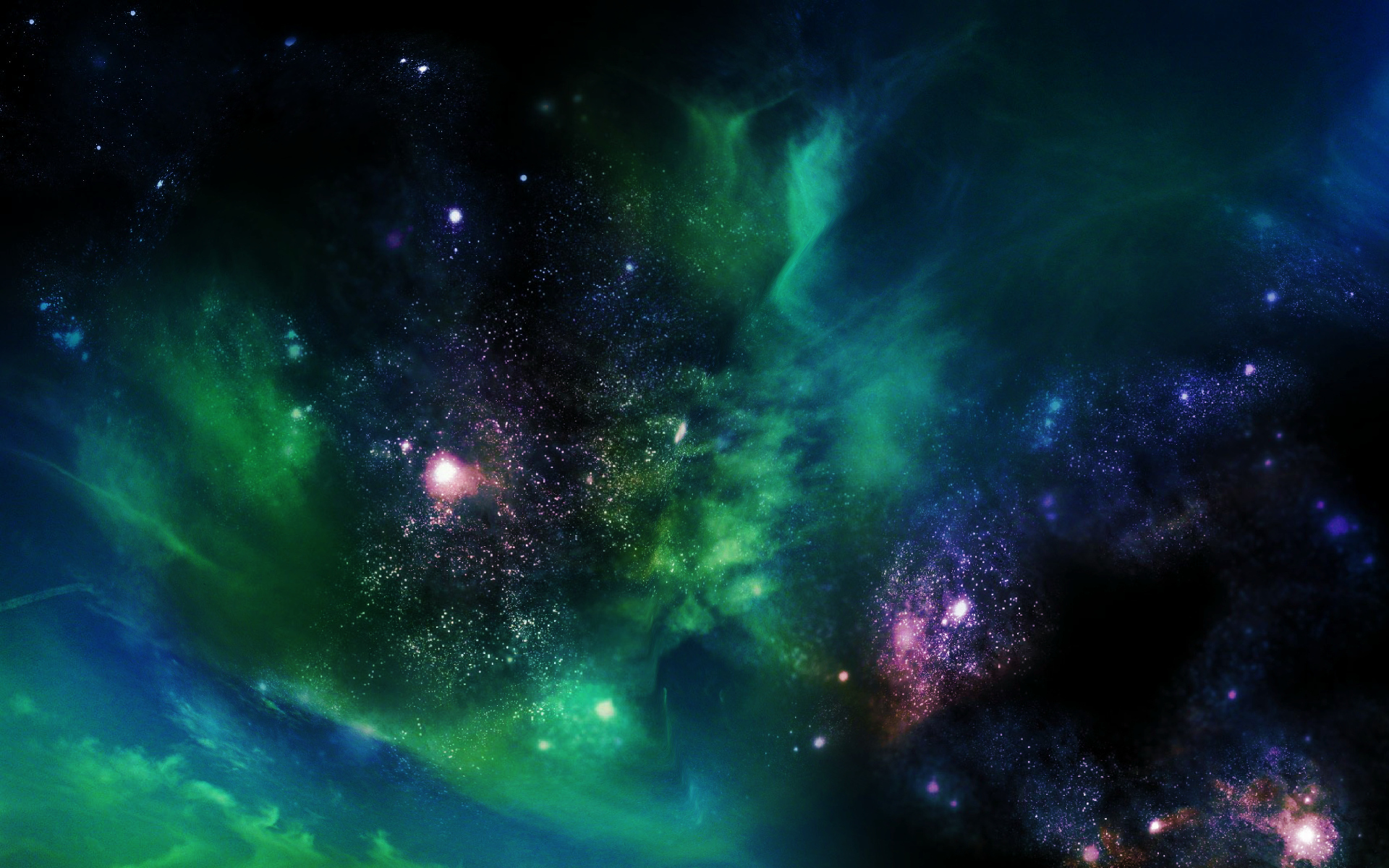
A new model has been developed to help in the search for life beyond our solar system.
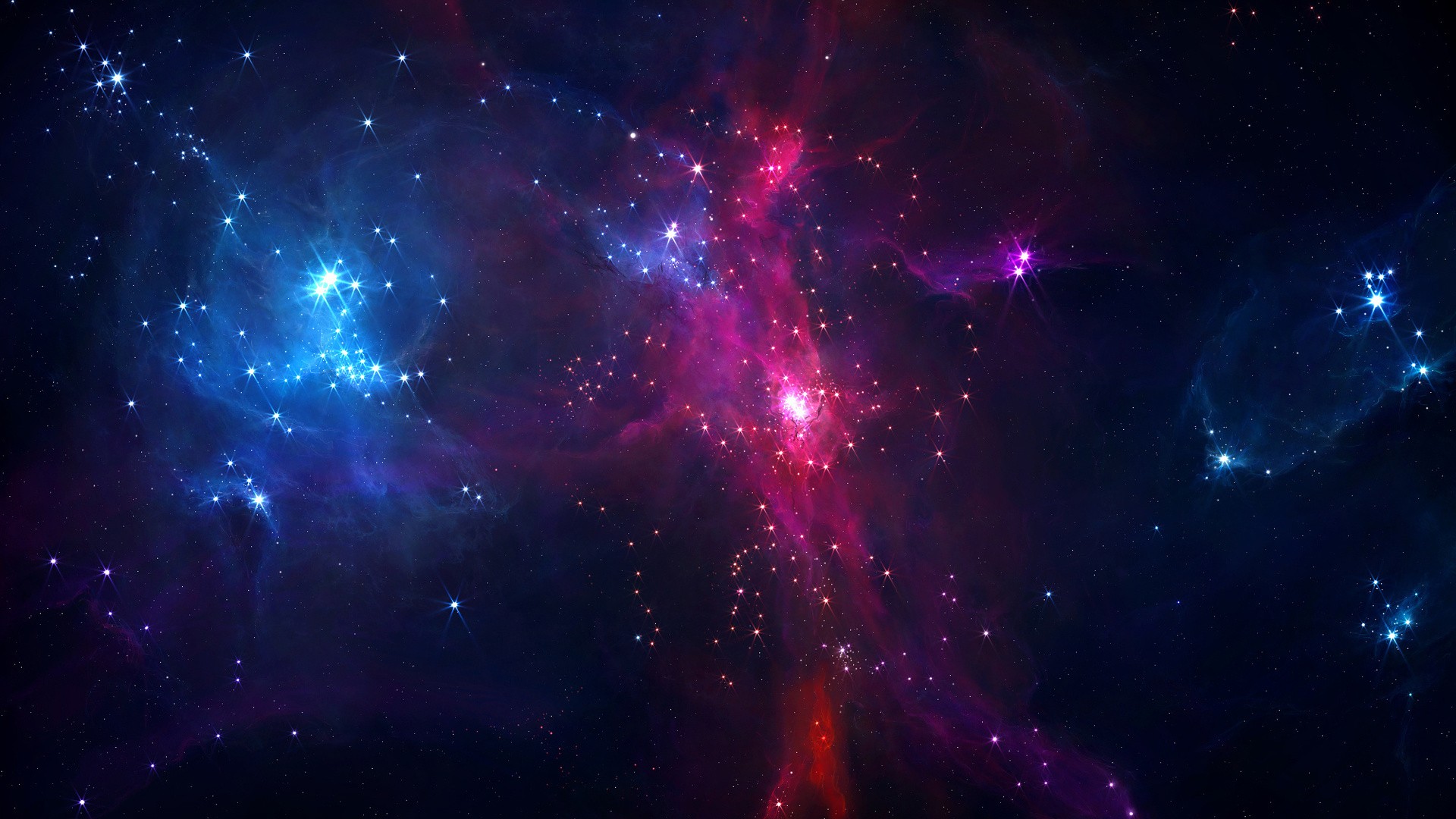
Is it possible that a life-bearing lake exists on the icy Jupiter moon, Europa. See if it is possible that a life-bearing lake is possible on Europa.
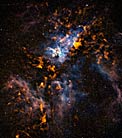
Observations made with the APEX telescope in submillimetre-wavelength light reveal the cold dusty clouds from which stars form in the Carina Nebula. This site of violent star formation, which plays host to some of the highest-mass stars in our galaxy, is an ideal arena in which to study the interactions between these young stars and their parent molecular clouds.


(PhysOrg.com) -- Research by Los Alamos scientists published today in the journal Nature documents significant progress in understanding the phenomenon of quantum-dot blinking. Their findings should enhance the ability of biologists to track single particles, enable technologists to create novel light-emitting diodes and single-photon sources, and boost efforts of energy researchers to develop new types of highly efficient solar cells.
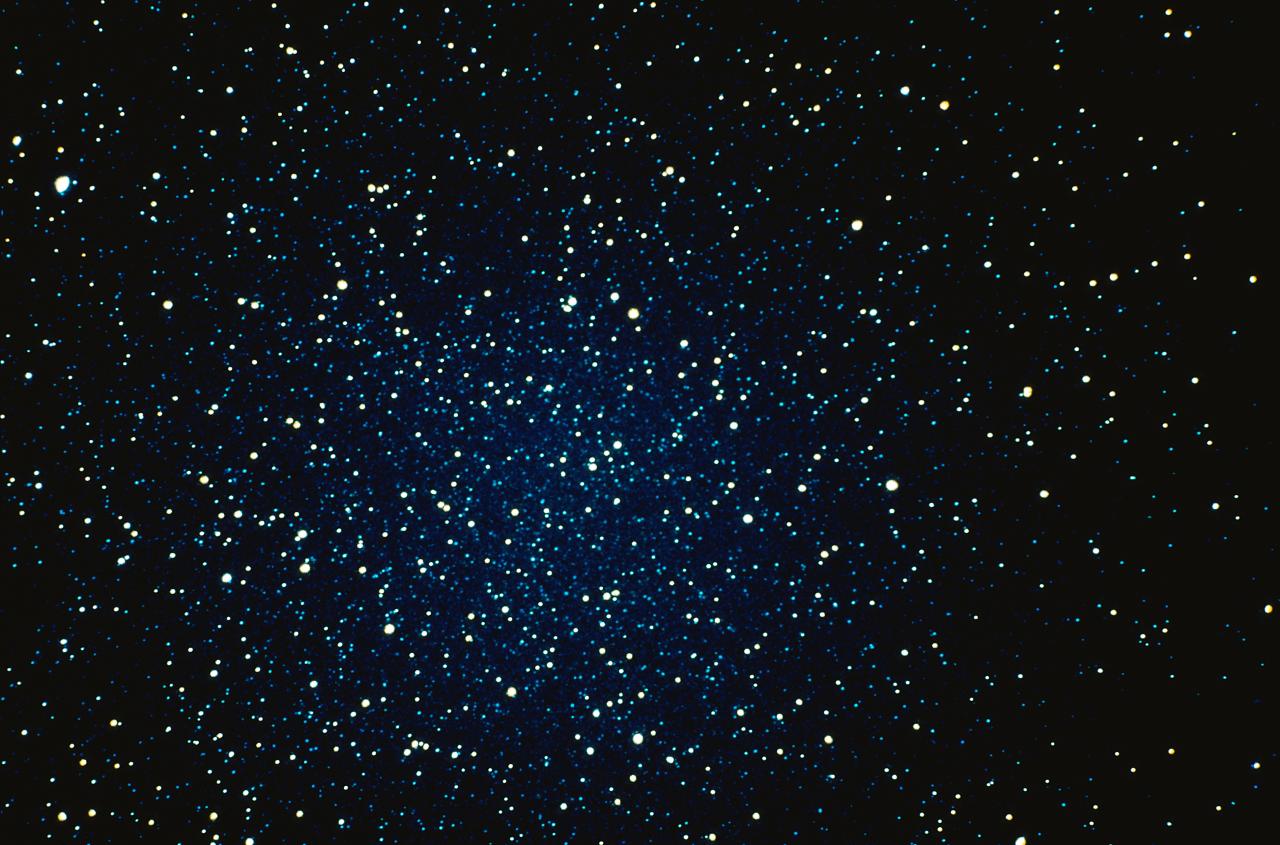
Just as an expert chess player sacrifices a piece to protect the queen, the solar system may have given up a giant planet and spared the Earth, according to an article recently published in The Astrophysical Journal Letters.

(PhysOrg.com) -- Theoretical research by scientists with the U.S. Department of Energy (DOE)’s Lawrence Berkeley National Laboratory (Berkeley Lab) has led to record-breaking sunlight-to-electricity conversion efficiencies in solar cells. The researchers showed that, contrary to conventional scientific wisdom, the key to boosting solar cell efficiency is not absorbing more photons but emitting more photons.